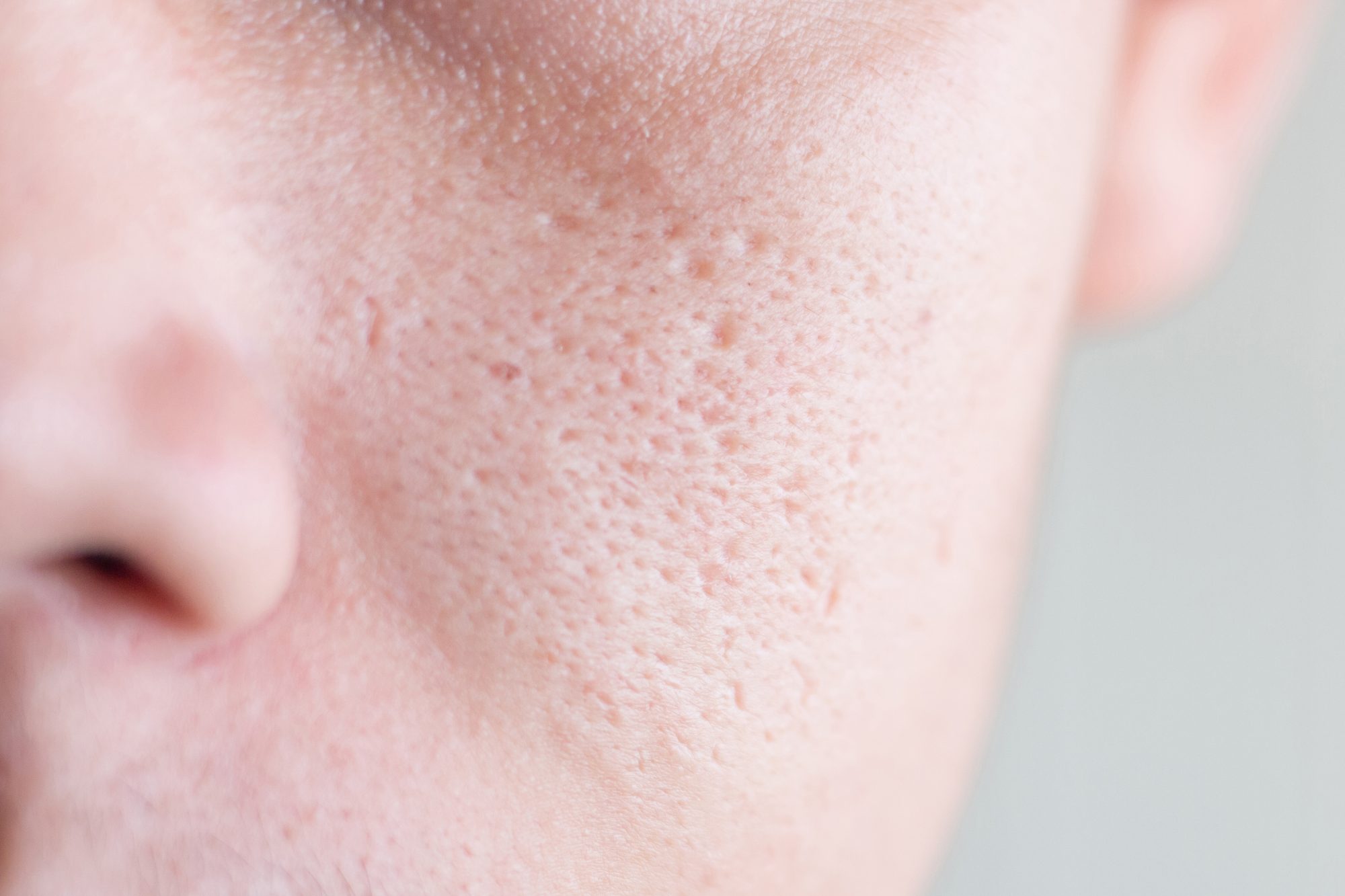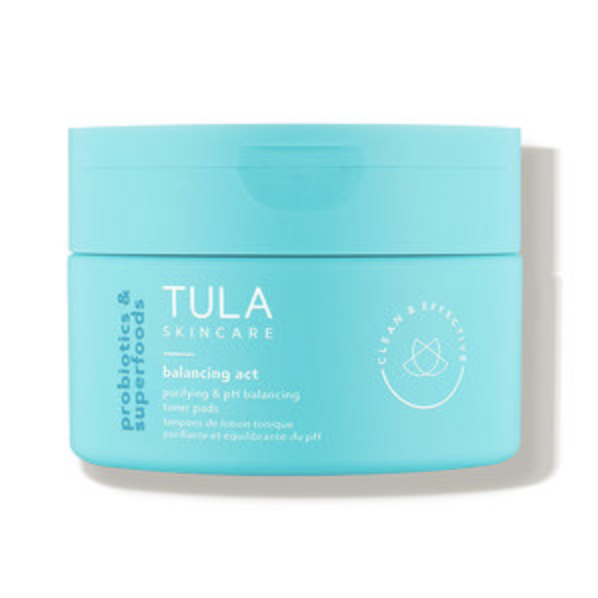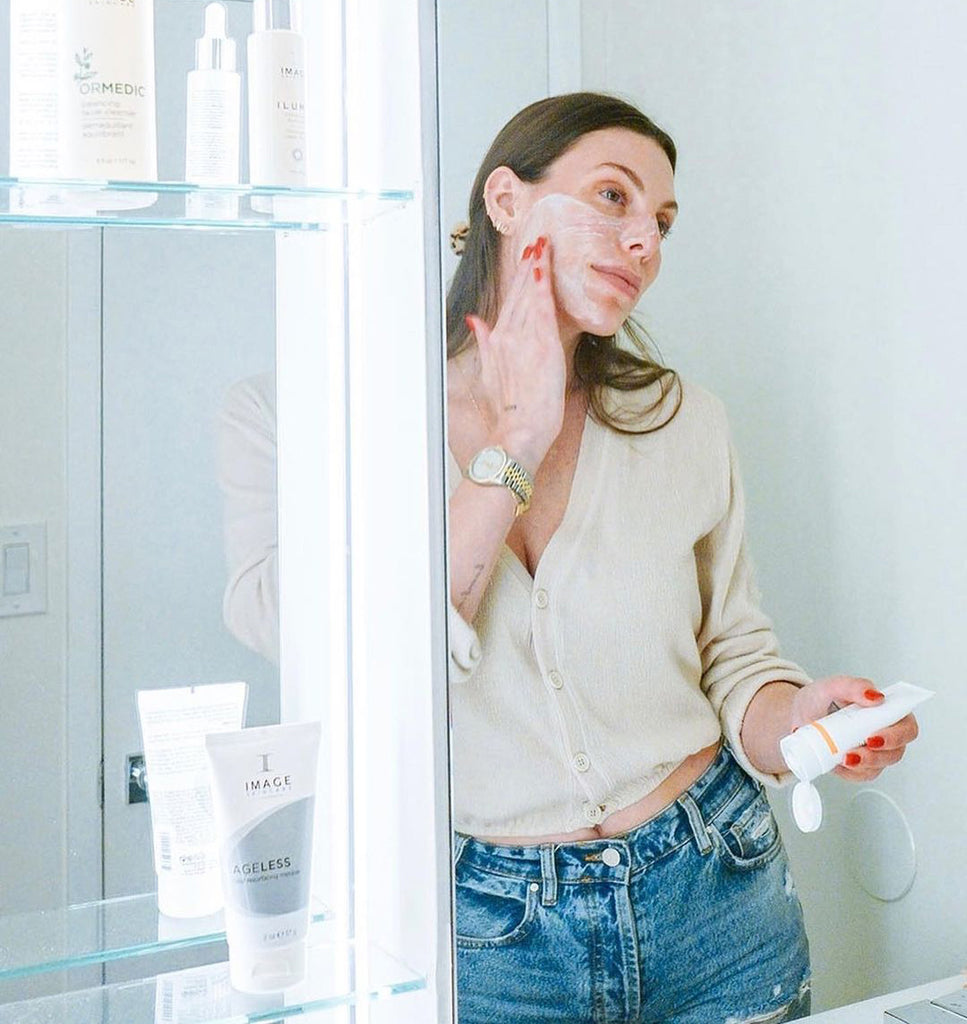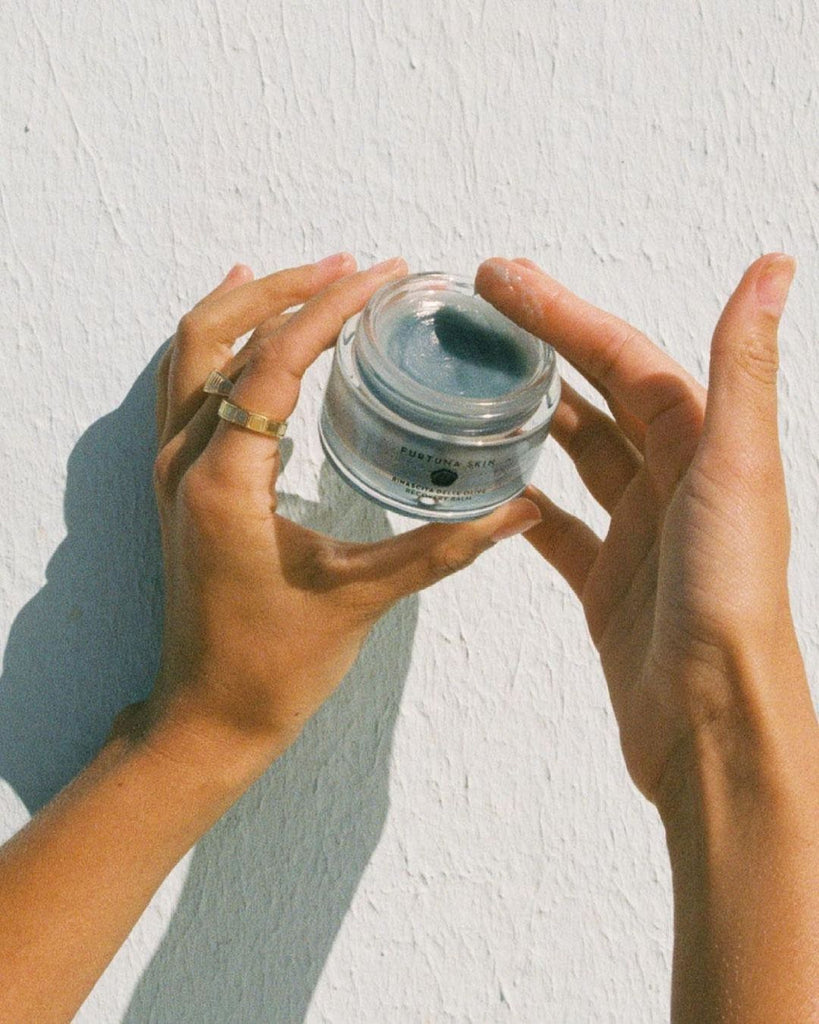As someone with large pores on her nose, I understand firsthand how frustrating it can be to make your skin look smooth, even, and soft. It's a long process that consists of testing tons of pore minimizers, including serums, masks, pore strips, and so much more. While I've found out that certain products help temporarily, the results never seem to last very long.
I know I'm not the only one with this skincare concern, which is why I tapped three skincare experts to answer all of my questions about pore size. It turns out that while we can't reduce the actual size of pores, there are some solutions to reduce them in appearance. Before we learn what those are, though, it's important to understand pores' function and what determines their size.
First things first, what are pores?
"Pores are small openings on our skin that release oil and sweat," says Mariana Vergara NP, a cosmetic dermatologist in Beverly Hills. Pores are all over our bodies and she says that the oil that is released is produced to help protect and moisturize the skin.
Additionally, Rachel Nazarian, M.D., a board-certified dermatologist of Schweiger Dermatology Group in Manhattan, says pores are typically combined with hair follicles (which can give them a dark appearance) and sebaceous glands that produce sebum—aka oil. However, they are not blackheads. "Blackheads are essentially sebum that is inside the pore and clogs it," she says.
You might have seen the term "non-comedogenic" on your skincare or heard of the term "comedo" but these aren't to be confused with pores themselves. "Comedo is a type of acne that refers to clogged pores, such as blackheads or whiteheads," explains Dr. Nazarian. "When a product says non-comedogenic on the label, it means it doesn't clog pores and is less likely to cause acne."
What determines pore size?
Many factors can determine your pore size, but the biggest influence is your genetics. "Your genetics influence the amount of sebum your sebaceous glands produce, the number of hair follicles you have and the thickness of hair, and skin elasticity," says Dr. Vergara. Typically, people with genetic predispositions to have oily skin have larger pores, while dry skin types have smaller-looking pores.
That said, external factors, such as sun exposure, dehydration, and skin dryness are common things that can make your pores appear larger. "Other external factors to consider are humidity, temperature, and smoking," adds Dr. Vergara.
What causes large pores?

You might have noticed that the pores on your cheeks, nose, forehead, and chin are a bit larger than those on other parts of your face and body. This area is known as the T-zone and Dr. Vergara says that patients notice enlarged pores in this area because it has more sebaceous glands and, in some cases, your glands will secrete too much oil.
In addition to excess oil, Dr. Nazarian explains that your pores can look larger due to loss of skin elasticity, increase in age, and damage to the tissue around them. As we age, our skin loses elasticity, which can cause a sagging appearance that contributes to enlarged-looking pores. Similarly, as we get older, Dr. Vergara says that our skin thickens due to slower cell turnover, which can cause an accumulation of dead skin cells around the pores (essentially clogging them) and make them look bigger.
"Sometimes, internal factors, such as hormonal imbalances, can lead to excess oil production," says Dr. Vergara. Lastly, Dr. Nazarian adds that medical skin conditions, such as rosacea, can make the pores look larger over time, too.
Can you change your pore size?
Despite what you may have heard, you cannot change your pore size. There are a lot of claims that say the temperature of water you use to cleanse your face can change the size of your pores (hi, ice facials), but water temperature can only temporarily dilate, stretch, and constrict your pores, which can influence their appearance. The size themselves are genetically predetermined and cannot be changed.
"The idea that pores open and close is not true," says Candace Marino, a Los Angeles-based medical esthetician."People think steam opens your pore, but it helps soften sebum plugs in the skin, which allows for safer and easier extraction and in turn helps make them look smaller."
What's the best way to reduce pore size?
While you can't permanently change your pore size, you can make them look smaller for a period and improve the overall texture of your skin by having a consistent skincare routine and doing routine in-office skin procedures, such as laser treatments.
"It's very important to cleanse your skin," says Dr. Vergara. "If you don't, debris, excess oil, or buildup can accumulate and stretch your pores and make them look bigger." Additionally, exfoliating is key to decrease the appearance of pores.
"While there are no miracle ingredients to shrink pores, alpha hydroxy acids (AHAs) and beta hydroxy acids (BHAs) will come in handy when looking to improve the appearance of pores," says Marino. AHAs and BHAs are chemical exfoliants that slough away dead surface skin cells to unveil a smoother-looking complexion. The Tula pH Balancing Toner pads are formulated with lactic acid, an AHA, witch hazel, and probiotics to help tighten the look of pores.

|
Tula Purifying & PH Balancing Biodegradable Toner Pads
$36.00
|
Another skincare ingredient to search for is retinol. "Retinol will help exfoliate the skin, increasing the cell turnover, which may lead to smaller looking pores," says Dr. Vergara. Also, because blackheads can exacerbate the look of the pores, topical retinoids for acne can help keep them clean and smooth your skin's texture, explains Dr. Nazarian.

|
Shani Darden Skin Care Retinol Reform
$88.00
|
Broad-spectrum SPF is another game-changer. "The sun is a complete pore enlarger," says Dr. Nazarian. "In every way that collagen helps to support the look of smaller pores, the sun breaks it down and can make pores appear larger. So, while you should always load up on sunscreen, it's especially important if you're trying to minimize the look of your pores.

|
Supergoop Glow Sunscreen SPF 40
$36.00
|
Getting monthly or quarterly skincare treatments such as facials, chemical peels, lasers, and micro-needling will also help refine the look of your complexion. Marino says it's important to note that none of these things are permanent, though. "This temporary pore reduction is caused by the heat from the laser, trauma from the needle, or controlled "burn" from the chemical peel, which are all modalities of resurfacing to the skin," she says. "The skin then goes through a healing process, one that helps induce more collagen production, and once it's healed and the oil glands begin to function normally, the pores will resume their normal size."
So, whatever method you decide to choose to reduce the look of your pores, remember to be consistent, patient, and be kind to yourself and your skin.



